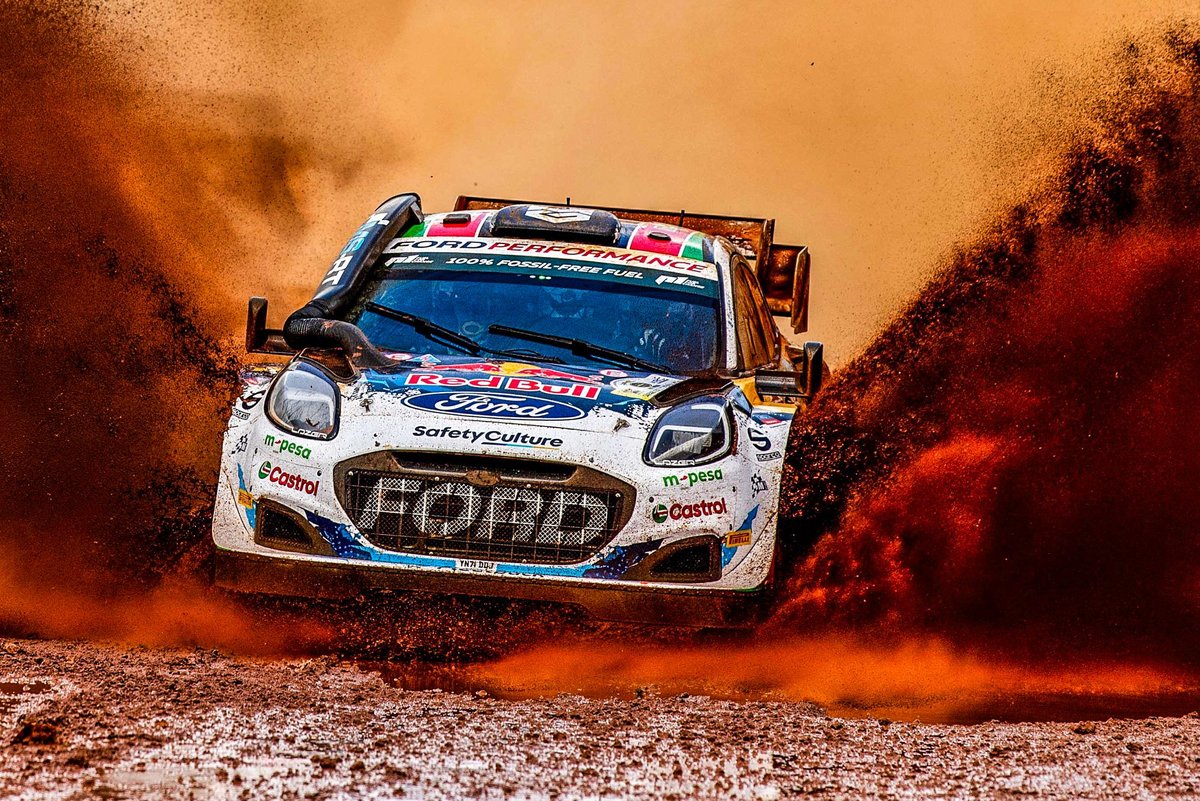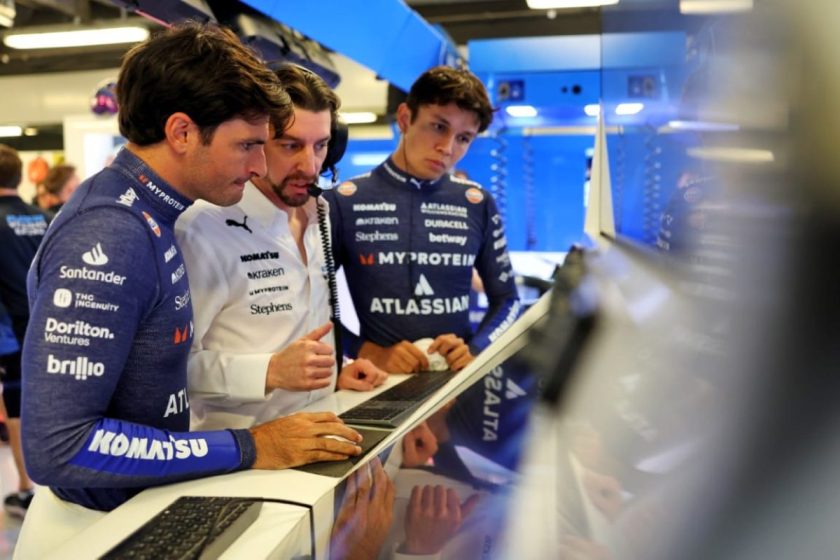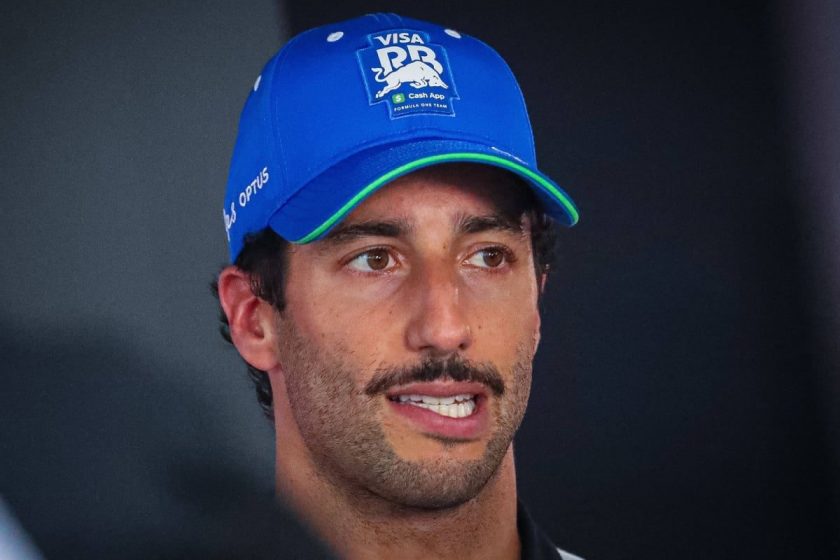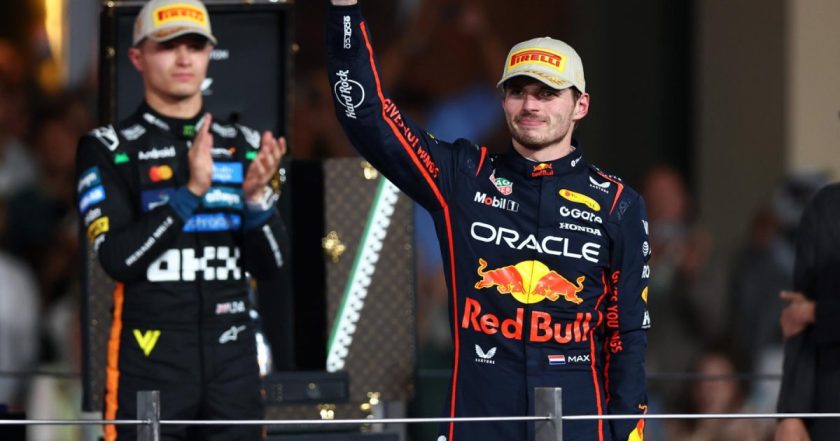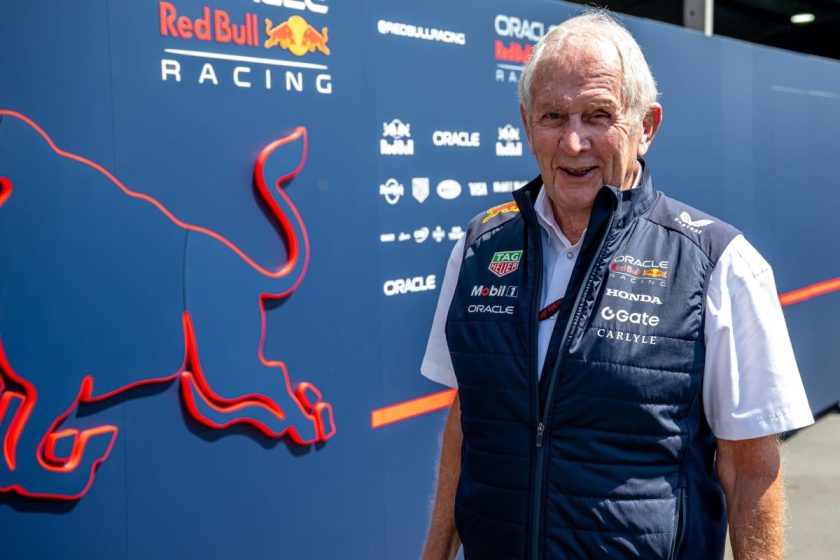P1racenews AI automatic summary:
How WRC Rally1 teams embraced the return of the snorkel
A recent change in FIA regulations has allowed Rally1 teams to equip snorkels on cars for the first time, coinciding with the Safari Rally moving to a traditional March date in Kenya’s rainy season, known for its mud holes. Snorkels, a familiar sight in WRC, have a long association with Safari Rally, like the iconic image of a Toyota Celica navigating mud holes in the ’90s. Essential for the demanding WRC event, these protruding intakes protect engines from water and dust ingression, crucial for the Safari Rally with fesh-fesh sand and water splashes. Teams like Toyota, Hyundai, and M-Sport-Ford have added snorkel systems to their Safari Rally kits, anticipating challenges due to heavy rain. Snorkels provide clean air intake, activated by the co-driver when conditions worsen, ensuring engine performance and avoiding damage. M-Sport’s Tim Jackson explains the snorkel’s role in safeguarding optimal engine performance in potentially treacherous conditions, offering an auxiliary air intake when standard intakes are at risk.
